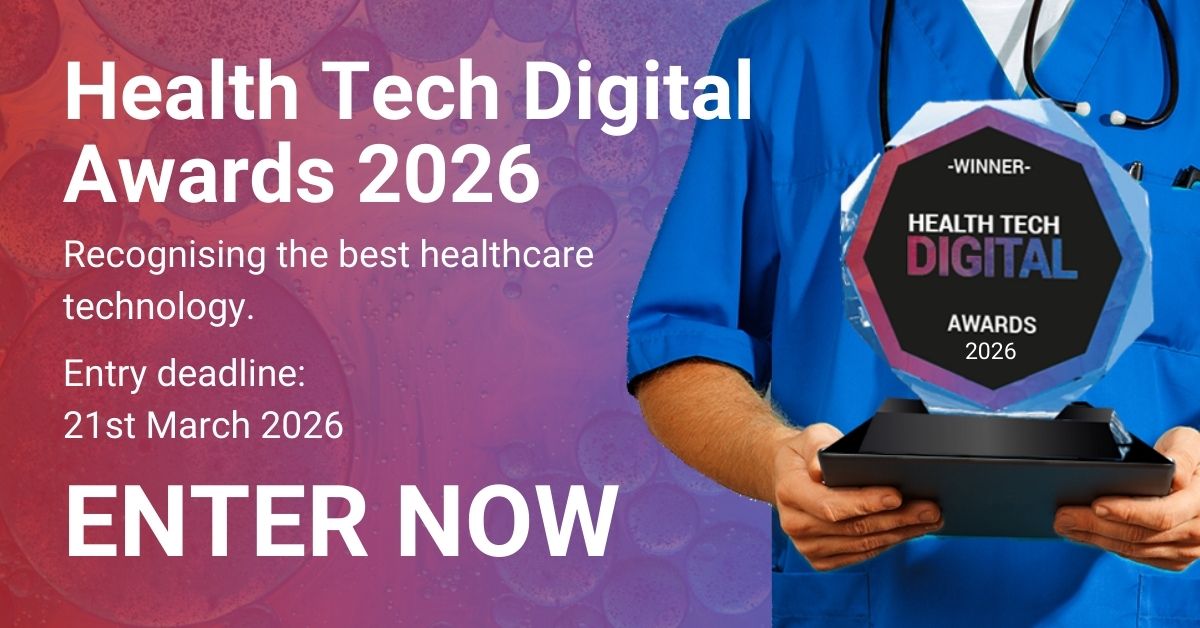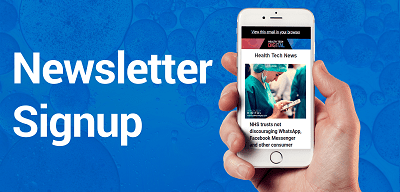
Envision a device that could redefine patient care—a wearable monitor or a robotic surgical tool. Bringing such innovations to market involves navigating a maze of design, testing and regulatory challenges. The medical device development process blends creativity with precision, requiring expertise in FDA compliance and market strategy.
This article unpacks the essential stages, supported by recent data and industry insights, to help you move from concept to commercialization with clarity and confidence.
Defining Your Device’s Purpose
The foundation of medical device development lies in defining the device’s intended use and indications for use. The FDA defines a medical device as any instrument intended to diagnose, treat, or prevent disease, per Section 201(h) of the FD&C Act. This definition shapes design, regulatory strategy and market positioning. A clear purpose—such as a device for remote blood pressure monitoring—guides classification and submission pathways, preventing costly missteps.
The global remote patient monitoring (RPM) market grew from $42.39 billion in 2023 to $50.39 billion in 2024, a roughly 18.87% increase, driven by rising chronic disease prevalence, per Fortune Business Insights. Engaging medical device development services at this stage can streamline efforts, offering expertise in technical documentation, risk assessment and regulatory alignment to ensure compliance from concept to market. These services often include design validation and prototyping, critical for meeting FDA standards.
Early stakeholder input—clinicians, patients, engineers—ensures the device meets real-world needs. For example, Abbott’s Assert-IQ insertable cardiac monitor, CE-marked in March 2024, was designed for long-term heart rhythm monitoring, reducing false positives and easing clinician workflows. A well-defined purpose aligns innovation with market demands and regulatory expectations.
Navigating FDA Classification and Pathways
Device classification determines the regulatory pathway. The FDA categorizes devices into Class I (low-risk, like bandages), Class II (moderate-risk, like infusion pumps), and Class III (high-risk, like pacemakers). Class I devices are often exempt from premarket notification, while Class II devices typically require a 510(k) submission, and Class III devices need Premarket Approval (PMA). In 2023, the FDA granted 167 breakthrough designations, up from 135 in 2022, reflecting a focus on innovative devices.
The 510(k) pathway demonstrates substantial equivalence to a predicate device, while PMA requires extensive clinical data, often spanning years of clinical trials compared to the shorter equivalence process of 510(k) submissions. For example, Medtronic’s Percept RC Deep Brain Stimulation system, approved in January 2024, followed the PMA route due to its high-risk profile. The FDA’s Quality Management System Regulation (QMSR), effective February 2026, aligns with ISO 13485:2016, emphasizing robust design controls and risk management. Choosing the right pathway early avoids delays and ensures compliance.
Designing with Safety and Usability in Mind
Design integrates innovation with safety and usability. The FDA’s Design Control Guidance requires iterative prototyping, user testing and risk management to ensure performance. Sustainability is a growing focus, with 54% of global CEOs prioritizing it in 2024, per the EY CEO Outlook Pulse Survey, as seen in efforts like Philips’ eco-designed ultrasound systems, which reduce energy use and material waste.
Cybersecurity is critical for connected devices. The FDA’s 2023 cybersecurity guidance mandates a Secure Product Development Framework (SPDF) to address risks across the device lifecycle. A thermometer in a safety-critical network, for instance, requires rigorous security documentation. In 2019, cybersecurity vulnerabilities led to recalls of Medtronic MiniMed insulin pumps, highlighting the need for rigorous measures. Usability testing, as seen with the FDA-qualified WOUND-Q instrument in 2024, ensures intuitive design and market readiness.
Testing and Validation for Market Readiness
Testing confirms a device’s safety, efficacy and market readiness through preclinical studies, clinical trials (if required) and performance testing. Class III devices often require extensive trials, significantly increasing development costs. The FDA’s Medical Device Development Tools (MDDT) program, updated in 2024, qualifies tools like WOUND-Q for reliable data collection. In 2023, the FDA’s Breakthrough Devices Program increasingly leveraged real-world evidence (RWE) to accelerate approvals, per CDRH.
For example, Boston Scientific’s FARAPULSE Pulsed Field Ablation System, approved in January 2024, used RWE to validate efficacy. The QMSR requires documented processes for production, packaging and labeling, with noncompliance triggering inspections—19 warning letters were issued in 2024 for CAPA procedure failures, per CDRH. Comprehensive validation ensures scalability and compliance, minimizing postmarket risks.
Commercialization and Postmarket Vigilance
Commercialization involves scaling production, securing reimbursement and launching marketing. The global medical device market, valued at $542.21 billion in 2024, is projected to reach $886.68 billion by 2032, driven by AI-enabled devices, per Fortune Business Insights. Strategic launches, like Newland EMEA’s 2023 in-vitro diagnostics line, capitalize on this growth.
Postmarket surveillance ensures ongoing safety. The FDA’s MedWatch program tracks adverse events, with over 2 million reports annually; a 2020 study noted 70% of adverse events involved device malfunctions, underscoring the need for vigilance. The Consolidated Appropriations Act of 2023 mandates cybersecurity reviews for connected devices, affecting premarket submissions since October 2023. Continuous monitoring, as with Abbott’s Freestyle Libre, maintains safety and trust.
Key Insights for Success
Transforming a medical device from concept to market demands strategic planning and regulatory precision. While older surveys noted inefficiencies in the FDA process compared to Europe’s, recent improvements show faster FDA approvals for certain devices and drugs, such as the streamlined review of Boston Scientific’s FARAPULSE system in 2024
By leveraging real-world evidence, qualified tools and expert guidance, innovators can navigate challenges, delivering devices that enhance patient care while meeting global standards.











